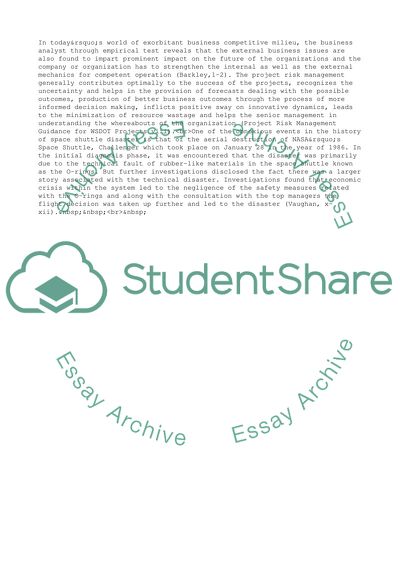Cite this document
(Analysis of Project Management Risk Research Paper, n.d.)
Analysis of Project Management Risk Research Paper. Retrieved from https://studentshare.org/management/1778445-book-study
Analysis of Project Management Risk Research Paper. Retrieved from https://studentshare.org/management/1778445-book-study
(Analysis of Project Management Risk Research Paper)
Analysis of Project Management Risk Research Paper. https://studentshare.org/management/1778445-book-study.
Analysis of Project Management Risk Research Paper. https://studentshare.org/management/1778445-book-study.
“Analysis of Project Management Risk Research Paper”, n.d. https://studentshare.org/management/1778445-book-study.


